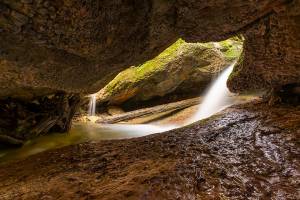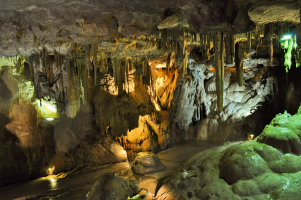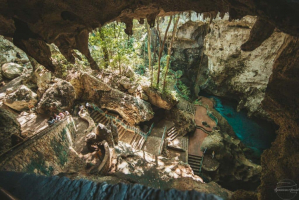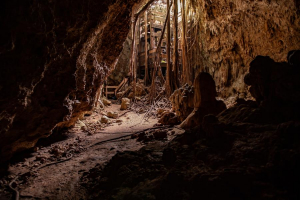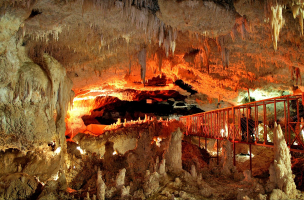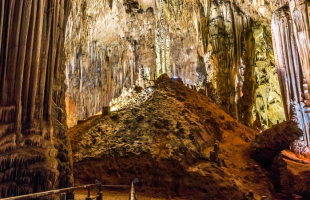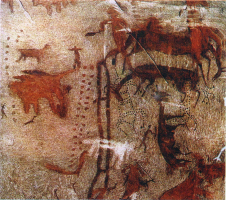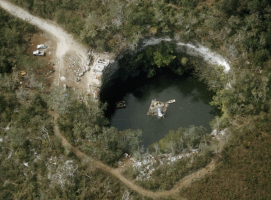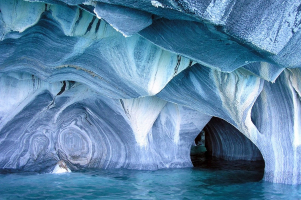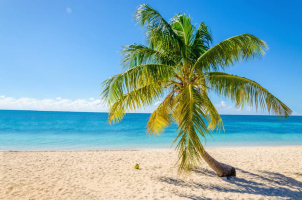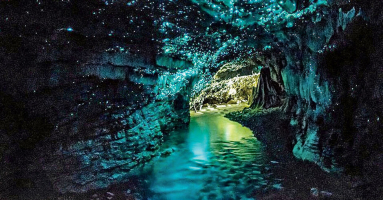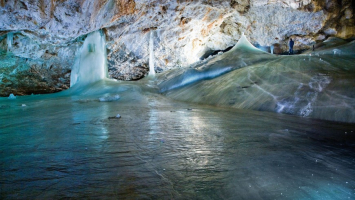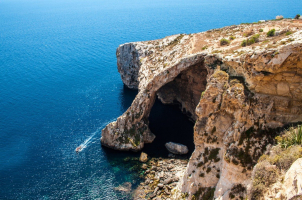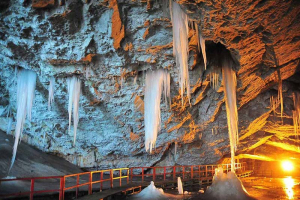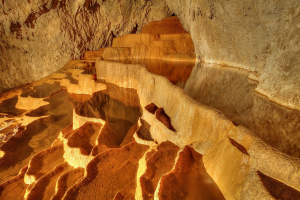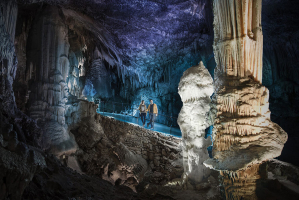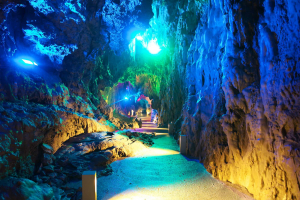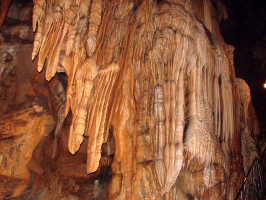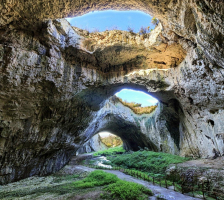Top 3 Most Impressive Caves in Haiti
In Haiti, there are hundreds of caverns. They are used for traditional reasons, bearing the marks of the island's early occupants, wildlife refuges, freshwater ... read more...reservoirs, tourism attractions... They present the intelligent and brave guest with a variety of faces. Here some of the Most Impressive Caves in Haiti.
-
Bellony Cave is a karst cave in Haiti's Corail Arrondissement, near the city of Pestel, Grand'Anse. During a 2009 trip, the cave was discovered and is recognized as one of the most impressive caves in Haiti. Trails for guided tours were immediately built, and gates were erected to protect the cave's more vulnerable areas. As a result, the cave has remained untouched. Despite the fact that it is about an hour away by car and walking, the cave is controlled by the city of Pestel.
This cave, a small jewel 45 minutes from Pestel's picturesque port, provides a range of outstanding formations. The cavity was discovered in 2009 and is still preserved and free of degradations. The most exquisite room is protected by a locked gate (keys will be with the guide), and a trail has been traced within to canalize visitors. 15 minutes via car, 30 minutes on foot
The visit will last approximately one hour.Location: Grand'Anse
https://www.youtube.com/ -
Kounoubwa Cave, one of the most impressive caves in Haiti, is an enormous underground hole and a pilgrimage place, located 30 minutes by foot from Camp-Perrin. Several chambers can be visited, and several routes are hidden for the most daring (to be explored with the guide). It's a speleological atmosphere!
The entrance to Kounoubwa is lined with a variety of bushy trees, adding to the natural beauty of the area. It's difficult to get into the cave. Stalactites and stalagmites abound throughout the cave. The movement of water through inorganic material results in the formation of these mineral deposits. As a result, the entrance is slick. The water continues to flow unabated, sculpting additional images in the cave. As a result, tourists and guides have the option of naming them. The church and the statue of St. Christophe, as well as figures shaped like snakes and horses, are examples.
There is also a big stone called Maître Carrefour that marks the monument's departure. The Ministry of Tourism has agreed to conduct significant work, according to the senior guide. The website is more than just a place to have fun. It is also a pilgrimage site. The cave hosts vodou rites on a regular basis, and it is a hallowed site for many of Camp-houngans. Perrin's Kounoubwa, which was discovered more than half a century ago, is a mystery. Students from the Brothers of Christian Instruction led the first visit. On March 7, 1952, 52 students visited the cave and proceeded to examine the undiscovered monument. It has been visited on a frequent basis since then. The Southern Department, like the North and Southeast Departments, is attracting an increasing number of visitors. This helps to explain why this site's traffic is increasing. Jose Flecher's article Stefan Viard's translation of Le Nouvelliste.
Location: near Camp-Perrin
https://www.youtube.com/ -
The Marie-Jeanne cave, located in the Marie-Jeanne Mountain in Haiti's southwest region and only 20 minutes from Port-à-Piment, exhibits signs of prehistoric and historical activities, making it an important ethnic landmark in the area. In some of the galleries that house more than 36 chambers known so far across the cave system, archeological signs such as symbols, pictographs, ceramic fragments, and ammonites dating back to the period of the Tainos were discovered. Bone, skulls, and skeletons were among the historical material, all of which came from creatures that had become lost in the cave and died as a result. Other signs found on sections of the cave's limestone and silica walls appear to be recent, since they represent wayfinding information and memories left by generations of explorers and sightseers.
This natural excavation inside the Marie-Jeanne mountain, which stretches for more than 2.5 miles, is home to a diverse fauna. Bats, spiders, beetles, crickets, birds, pseudo-scorpions, and flies are among them. Since the cave's karstic topography encourages the production of underground streams in the lower levels, evidence of aquatic life has also been observed.
Many visitors, archeologists, and speleologists have been awestruck by the view of the speleothems as well as the naturally carved shapes of mollusks, elephants, pelicans, virgins, dresses, or caman visible with artificial light sources in the darkness and dispersed limestones of each chamber.
Location: southwest region
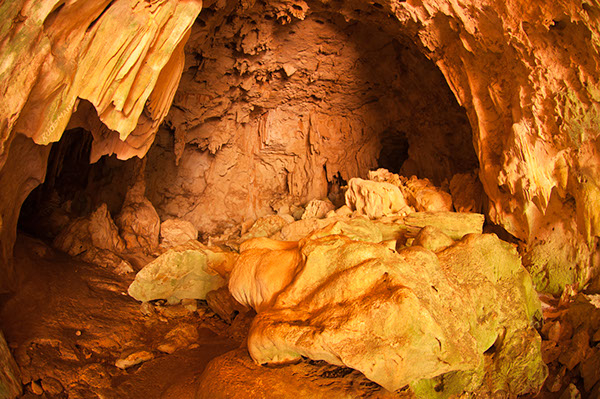
https://www.behance.net https://www.youtube.com/





